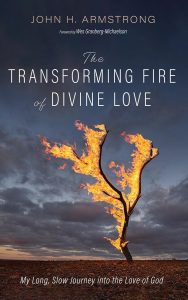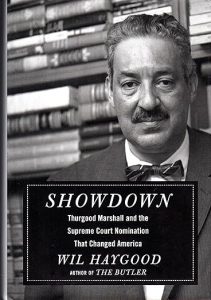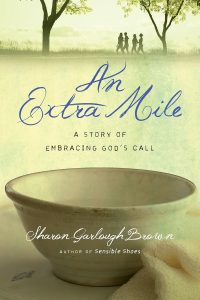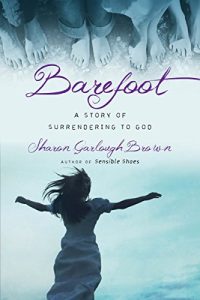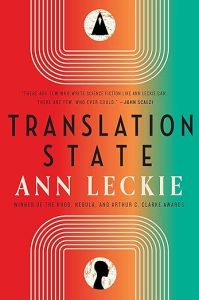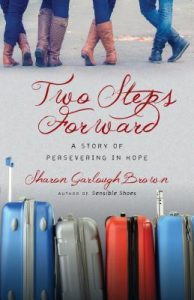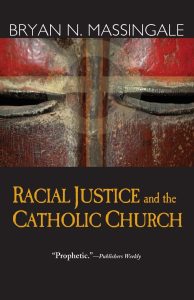 Summary: Despite its age, this is still one of the best biographies of Dietrich Bonhoeffer. Bethge was one of Bonhoeffer’s students at Finkenwalde, and became his closest friend and he was the one responsible for compiling Letters and Papers from Prison, the book that made Bonhoeffer a widely known theologian.
Summary: Despite its age, this is still one of the best biographies of Dietrich Bonhoeffer. Bethge was one of Bonhoeffer’s students at Finkenwalde, and became his closest friend and he was the one responsible for compiling Letters and Papers from Prison, the book that made Bonhoeffer a widely known theologian.
It took me almost two months to finish, but Eberhard Bethge’s biography of Dietrich Bonhoeffer, despite being over 50 years old, is still well worth reading. I read the first edition, published in English in 1970 because that was the edition my library had. But I would recommend picking up the 2000 edition from Fortress Press because the first edition was slightly abridged at only 867 pages, compared to 1068 pages in the revised edition.
If you are new to Bonhoeffer, I think Charles Marsh’s biography is the best introduction, but Bethge’s is the most complete. That makes sense because it is the longest by quite a bit. Marsh’s biography is 528 pages, Metaxes biography (which I do not recommend) is 640 pages, Schlingensiepen’s biography is 470. It isn’t just that this biography is longer, although that is part of it, but this biography is just more comprehensive of areas that the others just do not get to.
Bethge was friend and student of Bonhoeffer’s. He was conscripted into the German army for a time, and later was also imprisoned because of his connection to the Bonhoeffer family. (He married Bonhoeffer’s niece and her father was part of the resistance movement that Bonhoeffer was also connected to.) I think that Marsh handles Bonhoeffer’s childhood and early development better than Bethge, but especially from 1932 on, Bethge is much more detailed, and much more focused on the way that German church’s response to Hitler influenced Bonhoeffer’s life. Other biographies hit the major developments and life events, but Bethge talks about ways church politics and especially the politics of the global ecumenical movement worked in a level of detail and nuance that was helpful to me to understand the particulars. But I also think that level of detail is probably too much for those who are new to Bonhoeffer.
My rough evaluation of a biography is that if a biography makes me want to read more by or about a figure, then it is doing its job. After finishing Bethge’s biography, I am going to read a biography of Bethge and a biography of Bishop Bell that I have. I also want to read the complete Letters and Papers from Prison. I have read portions, but not all. And the edition that I have is 614 pages compared to the earlier editions that were around 400 pages. There is the Bonhoeffer’s Works edition that is 776 pages (but I think that is supplementary material not additional main content.)
Read more
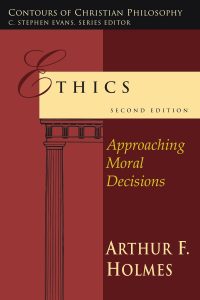 Summary: An introduction to ethics.
Summary: An introduction to ethics.